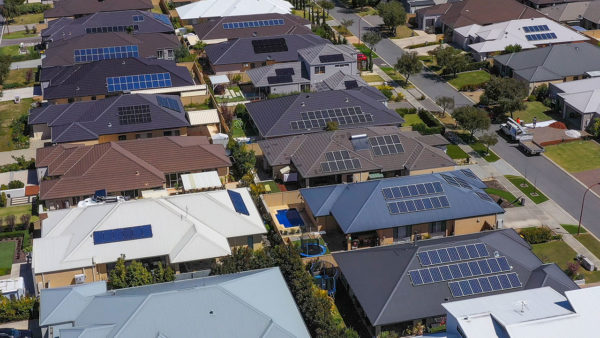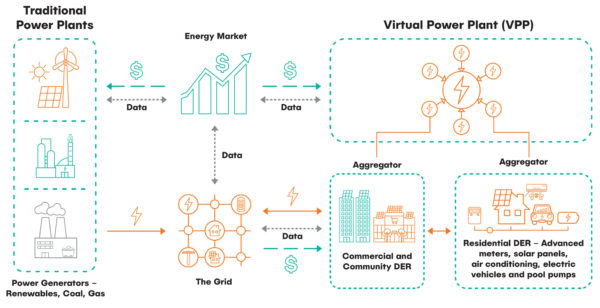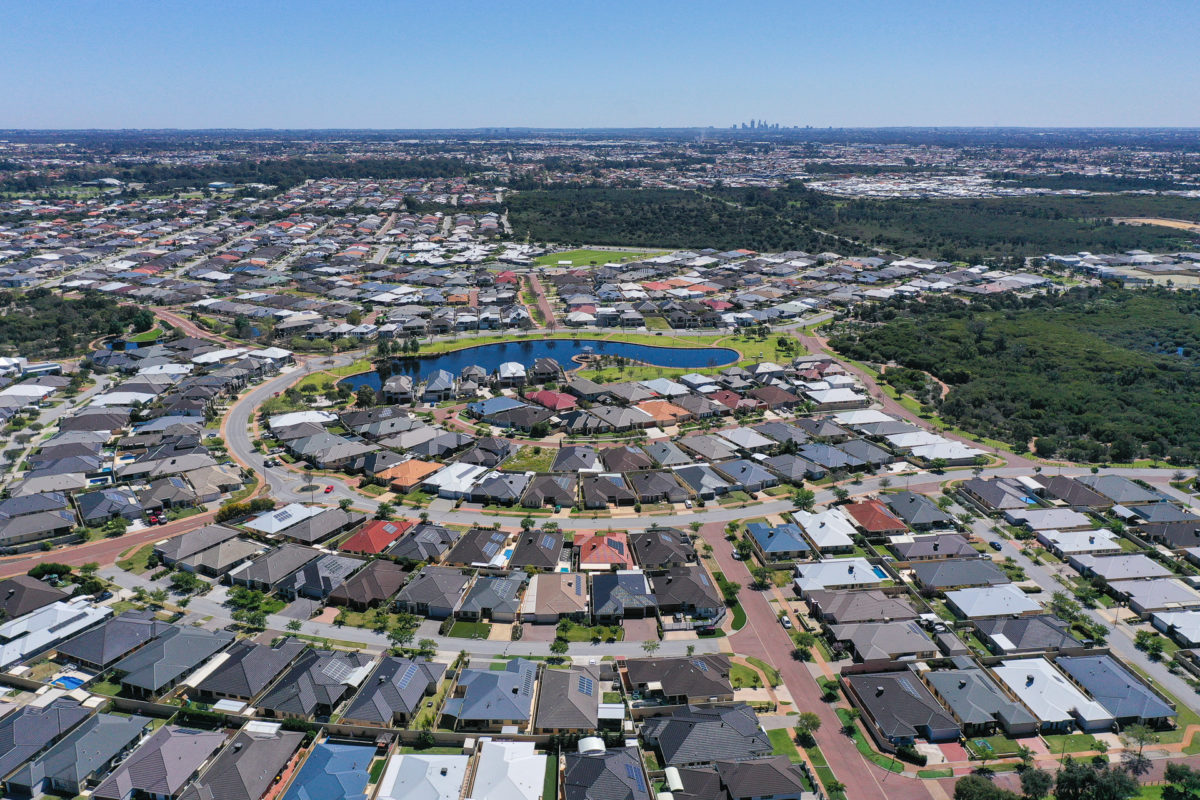Western Australia’s Project Symphony, designed to ‘orchestrate’ approximately 900 Distributed Energy Resources (DER) across 500 homes and businesses in Perth’s southern suburbs, has achieved a major milestone with the Virtual Power Plant (VPP) recently aggregating its first 200kW package of residentially generated solar. It also successfully tested the intelligent systems required to orchestrate the clean energy over a simulated bi-directional balancing market trading interval.
Delivered in collaboration between the state government, state-owned electricity providers Western Power and Synergy, and the Australian Energy Market Operator (AEMO), Project Symphony aims to demonstrate how increasing levels of DER, including rooftop solar and residential batteries can be co-ordinated for the benefit of the grid and consumers.
AEMO WA and Strategy executive general manager Kate Ryan said the recent testing process was a “very exciting” milestone for the project and for energy customers and marks the start of how households and businesses could experience broader financial and environmental benefits from their DER assets in the Western Australia (WA) electricity system.
“This is the first step in realising the full capabilities of Distributed Energy Resources such as rooftop solar, batteries, and large appliances in supporting the energy transition to grids capable of handling 100% instantaneous penetration,” she said. “It is a significant milestone not only by the project partners involved, but for the future of Western Australia.”
WA households are embracing renewable energy technology at record rates with figures released by the state government showing rooftop solar installations increased by more than 600% over the past decade. More than 400,000 homes and businesses, about 36% of customers, now have rooftop solar connected to WA’s main grid.

Image: Western Power
In 2021, WA households added 191MW of generation capacity to their rooftops, bringing the total amount of residential solar capacity in the South West Interconnected System (SWIS) to 1,362MW. The combined residential solar output from all this distributed renewable rooftop generation exceeds the gross output capacity of WA’s largest power station – Synergy’s 854MW Muja Power Station.
While the influx of rooftop solar and other DER assets provides opportunities, it also presents major challenges for the electricity system which was not designed for two-way energy flow. In response, the state government has implemented its Distributed Energy Resources Roadmap, with Project Symphony key to its delivery.
The project, which is due to run until mid-to-late 2023, is initially targeting the Perth suburbs of Harrisdale, Piara Waters and Forrestdale. The VPP is piloting a version of the `Open Energy Networks’ (OpEN) hybrid model, which defines roles and responsibilities for transitioning to a two-way power grid, enabling the integration of customer DER. In this model, a VPP is dispatched centrally but devices are coordinated locally via energy retailers or aggregators.
AEMO Distributed Markets WA manager Tom Butler said the recent testing of systems involved in the project had been a major success.
“The system integration testing saw seven organisations, including project and technology partners across five different time zones, conduct 20 integration tests over five days,” he said.
“It involved the partners’ platforms communicating with each other, providing both instructions and responses that support real electron flow changes to and from DER, whilst engaging with a simulated market environment. It is a great achievement for everyone involved.”

Of the test scenarios conducted, AEMO said 19 were successful with proponents confident the outstanding scenario would be rectified as part of future testing.
The testing involved Synergy registering a facility comprised of aggregated DER determining its available capacity for a trading interval, and incorporating a basic Dynamic Operating Envelope (DoE) at the National Metering Identifier (NMI) level. This allows an aggregator to prepare and provide a market submission to AEMO.
Synergy also managed customer assets from load to generation, to meet AEMO’s dispatch instructions. Western Power monitored the network during the scenario.
Western Power Project Symphony program manager Andrew Blaver said the successful integration was a critical milestone in planning for the future of the WA energy system.
“This is exciting for the project and for the people of Western Australia, as it marks the beginning of the Western Australian electricity system understanding how households and businesses could experience broader financial and environmental benefits from their energy assets,” he said.
Blaver said further testing is already underway with the focus on improving automation between the integration layers of the systems, including enabling the aggregator to receive automatic dispatch instructions from AEMO and then set an automatic dispatch of the aggregated facility into the market. The testing is set to continue for different use case scenarios until the VPP system stability period commences, currently planned for October 2022.
This content is protected by copyright and may not be reused. If you want to cooperate with us and would like to reuse some of our content, please contact: editors@pv-magazine.com.









By submitting this form you agree to pv magazine using your data for the purposes of publishing your comment.
Your personal data will only be disclosed or otherwise transmitted to third parties for the purposes of spam filtering or if this is necessary for technical maintenance of the website. Any other transfer to third parties will not take place unless this is justified on the basis of applicable data protection regulations or if pv magazine is legally obliged to do so.
You may revoke this consent at any time with effect for the future, in which case your personal data will be deleted immediately. Otherwise, your data will be deleted if pv magazine has processed your request or the purpose of data storage is fulfilled.
Further information on data privacy can be found in our Data Protection Policy.